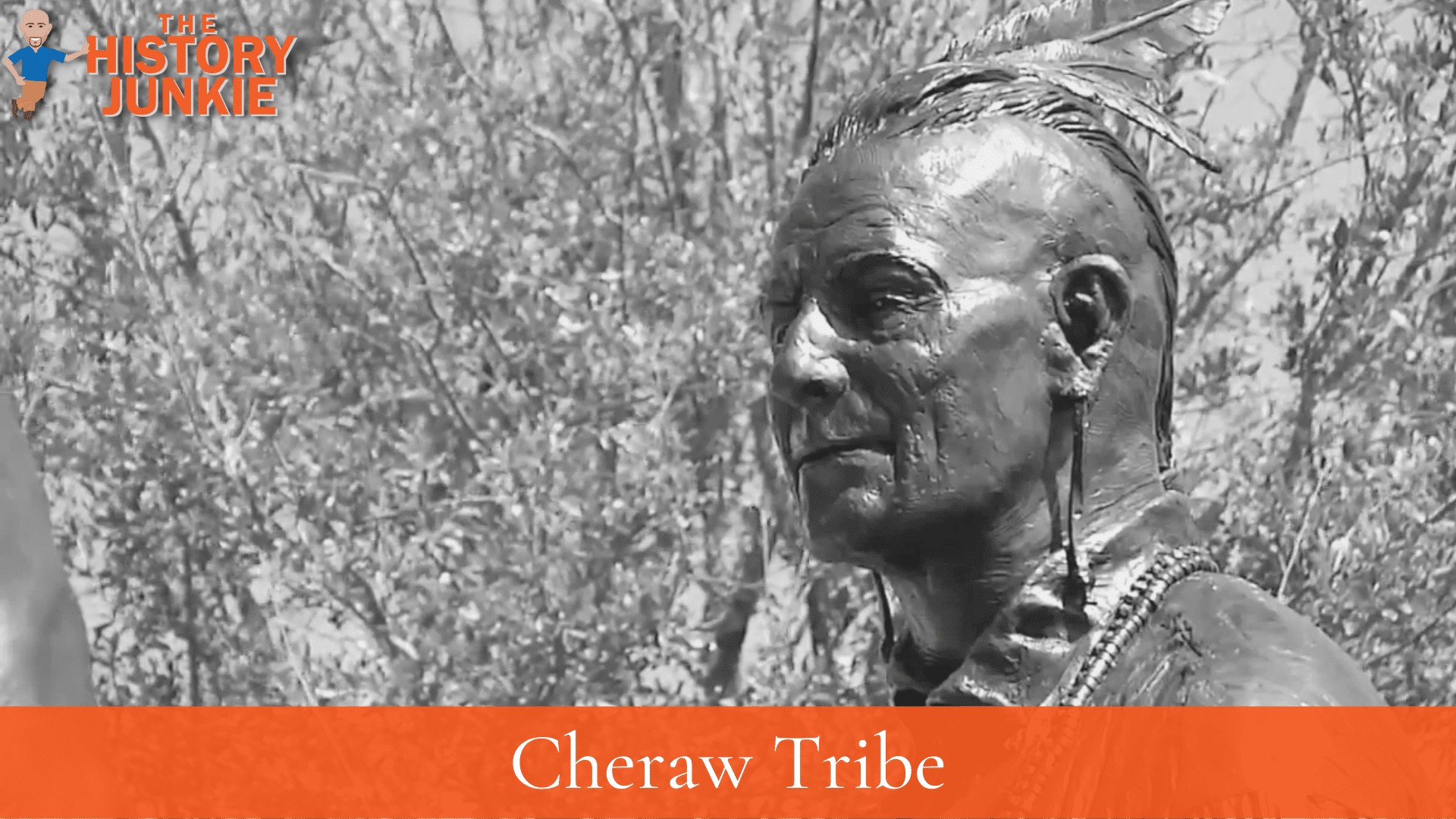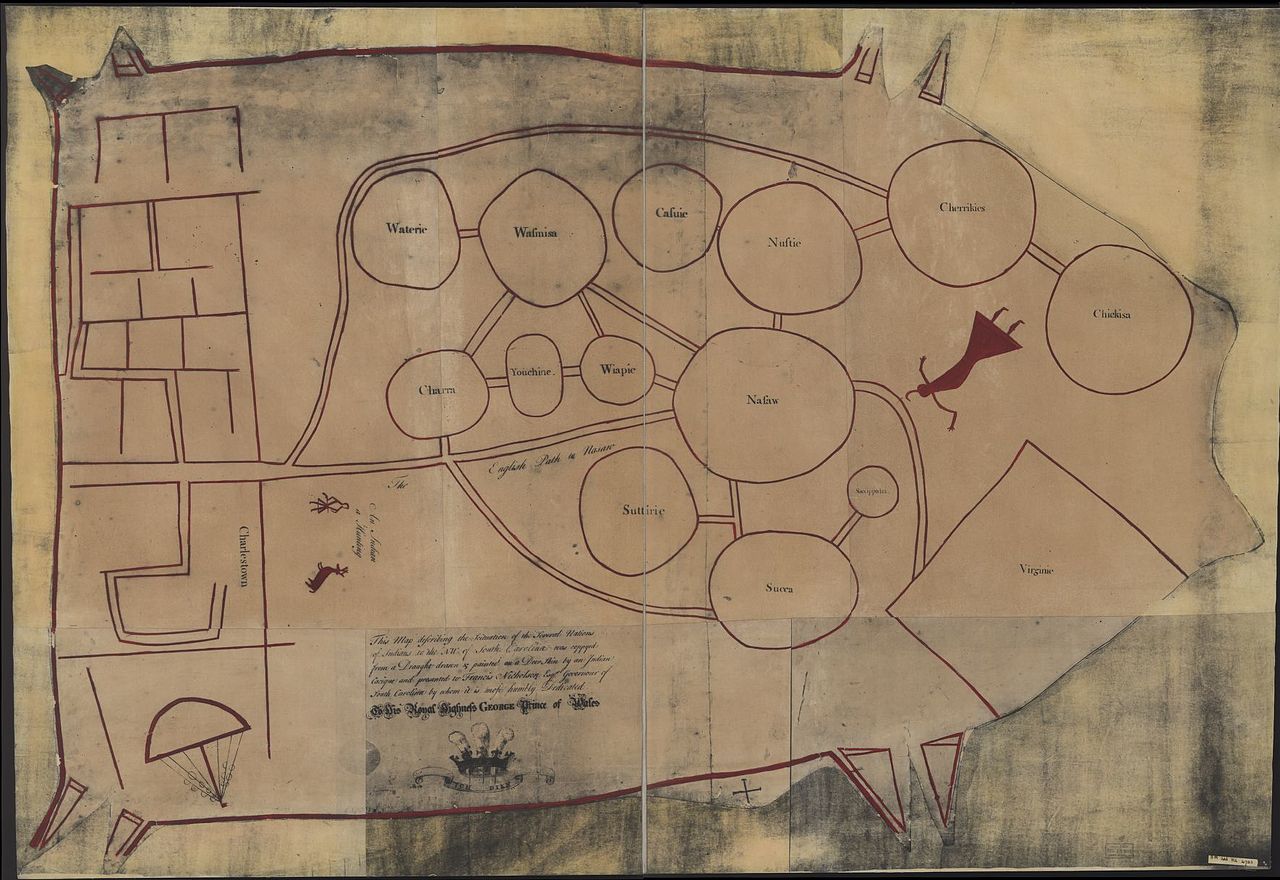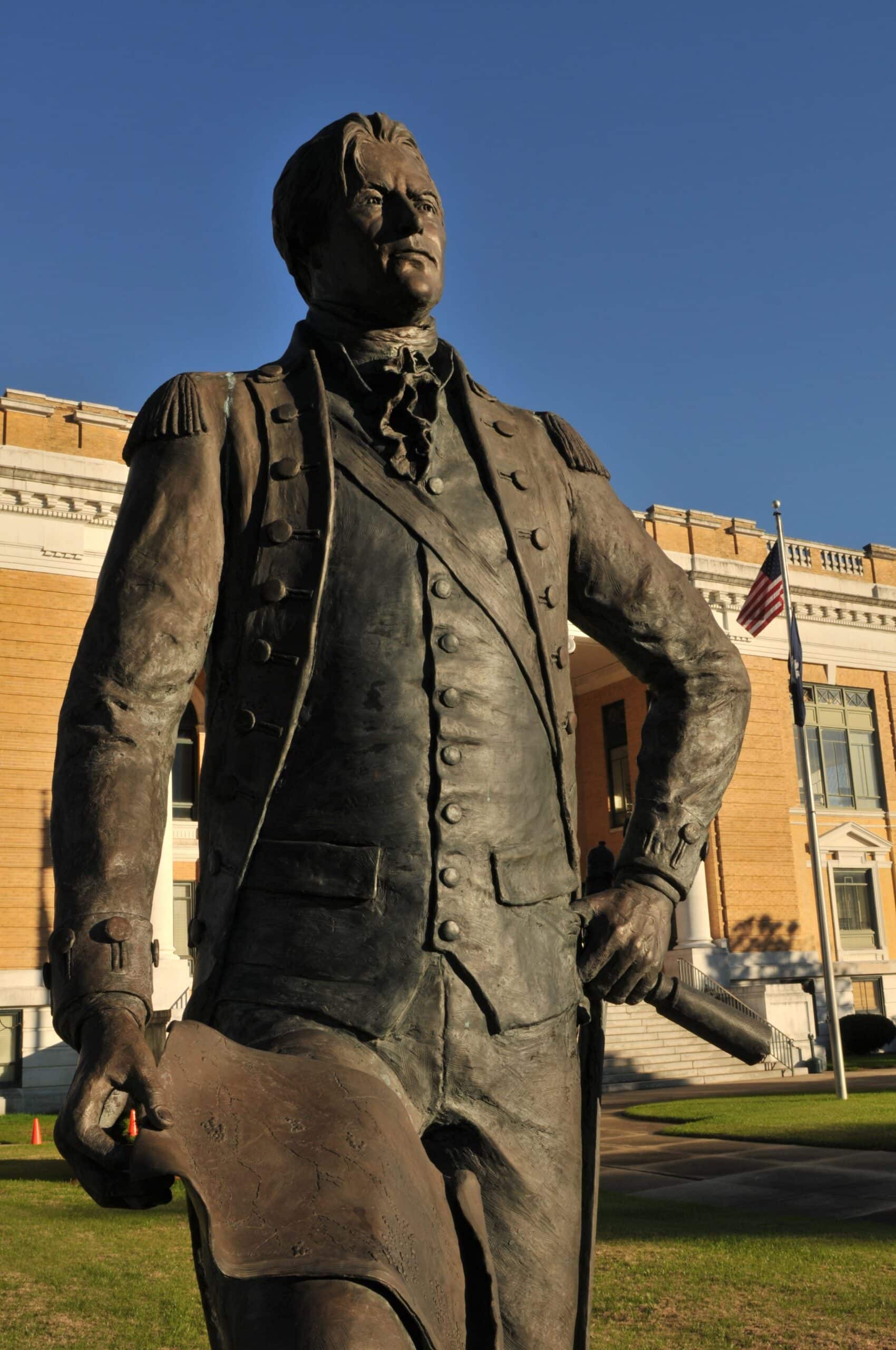
Jump to:
#1. The Cheraw Tribe Lived In South Carolina
The Cheraw Tribe had been seen in many states throughout the 17th century. Reports had them in modern-day North Carolina, Virginia, West Virginia, and primarily South Carolina.
Their primary residence was located in modern-day South Carolina, and Their villages were adjacent to those of the Pedee and Catawba peoples.
They had lived in this location for many centuries until the arrival of famous explorers and Spanish Conquistadors.

#2. The Iroquois Confederacy Expanded Into Their Land
The expansion was not only done by Europeans and Americans but also by the Native Americans. The Iroquois Confederacy was a collection of Northeast tribes that expanded for many years prior to the arrival of the Europeans.
They expanded into the territory inhabited by many Southeast tribes and began attacking them. This happened to the Cheraw, who had a much smaller population than the Confederacy.
The Cheraw tribe was then forced to move from their homeland to the Southeast, where they would join the Keyauwee Tribe in central North Carolina.
#3. The Cheraw Fought In The Yamasee War
The Yamasee War was a conflict fought in South Carolina from 1715 to 1717 between British settlers from the Province of Carolina and the Yamasee and a number of other allied Native American peoples, including the Muscogee, Cherokee, Catawba, Apalachee, Apalachicola, Yuchi, Savannah River Shawnee, Congaree, Waxhaw, Pee Dee, Cape Fear, Cheraw, and others.
Some of the Native American groups played a minor role, while others launched attacks throughout South Carolina in an attempt to destroy the colony.
The Native Americans became frustrated with the colonists due to the mistreatment and enslavement of their kinsmen.
Native Americans killed hundreds of colonists and destroyed many settlements, and they killed traders throughout the southeastern region.
Colonists abandoned the frontiers and fled to Charles Town, where starvation set in as supplies ran low. The survival of the South Carolina colony was in question in 1715.
The tide turned in early 1716 when the Cherokee sided with the colonists against the Creek, their traditional enemy.
The last Native American fighters withdrew from the conflict in 1717, bringing a fragile peace to the colony.
#4. The Tribe Fought With Thomas Sumter Against The British

Despite earlier quarrels among the colonists and the Cheraw Tribe, they joined with Thomas Sumter to fight the British.
During fighting in August 1780, he defeated loyalist and British Regulars at Hanging Rock (Lancaster County, South Carolina) and intercepted and defeated an enemy convoy. Later, however, his regiment was almost annihilated by forces led by Banastre Tarleton.
He recruited a new force, defeated Major James Wemyss in November, and repulsed an attack by Tarleton, in which he was wounded. Sumter was carried into the Blackstock house, where his surgeon, Dr. Nathaniel Abney, probed for and extracted the ball from under his left shoulder.
Sumter acquired the nickname "Carolina Gamecock" during the American Revolution for his fierce fighting tactics. After the Battle of Blackstock's Farm, British Lieutenant Colonel Banastre Tarleton commented that Sumter "fought like a gamecock," and Cornwallis described the Gamecock as his "greatest plague."
#5. The Cheraw Tribe Was Absorbed By The Catawba Tribe
The Cheraw Tribe was never a large tribe. After enduring attacks from the Iroquois, fighting in various Indian wars, the American Revolution, and disease, their popularion waned throughout the centuries.
Even though they fought alongside Thomas Sumter, it was not a lot of men. In 1768, their population only numbered 50 - 60 men.
They would eventually be absorbed into the Catawba Tribe.
